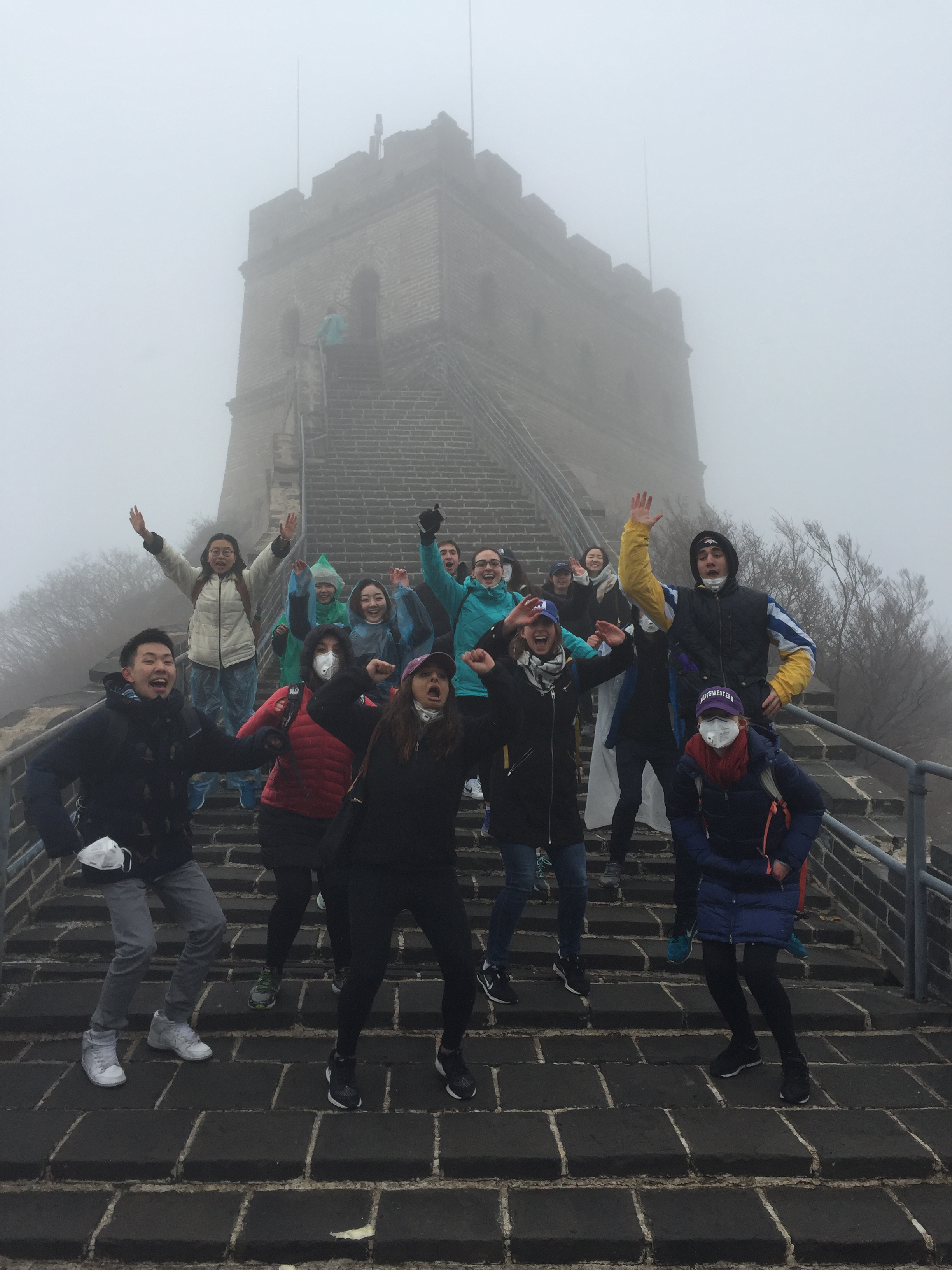The number of Chinese students attending U.S. higher education institutions has grown exponentially in the past decade. In 2015 Institute of International Education reported that there were over 304,000 Chinese students currently studying in the U.S. (in 2005 there were 62,523). Hopgood saw an opportunity with her Digital Learning Fellowship to investigate the “dramatic personal changes during their time here, adapting to the language, culture, society and educational system.” To achieve this, the undergraduate students in her Journalism 301 course would “study the history and realities of a diverse group that is often overlooked and misunderstood.”
A year-and-a-half into the project, she says the project has given her students an “extremely powerful opportunity to learn not only about international students but also storytelling, interviewing, and language differences.”
A Global Reach
Hopgood’s plan to have students produce written, audio, video, and interactive stories about the experience of Chinese Students aligned with Medill’s increasingly global mission, but to give students a more hands-on opportunity to learn more about cross-cultural communication, Hopgood secured additional funding from Medill to take her class on a one-week trip to China over spring break.The China trip gave students valuable hands-on journalism experience and allowed them to learn more about the context of the international student experience. Over the week they talked to Chinese students, interviewed student recruitment experts, and even had some free time for sightseeing. Overall, the students came back to the U.S. with a more positive view of China, and at least two students claim that this experience helped them to decide to study abroad in China in the future.
“It is so important for students to understand the story and subjects," said Hopgood. "On a basic level most students could learn what it feels like to be an international person in a place they don't know the language well or can't get around. What kind of choices do you make socially when you get frustrated?”
Student Stories
Back stateside, students in Hopgood’s class were required to interview Chinese students and blog about what they have learned. While some students interviewed international Chinese students at Northwestern, most travelled to other universities for their stories. The stories of international students at Duke, Yale, Johns Hopkins, Iowa, Indiana, and University of Illinois Urbana-Champaign (which is the school with the largest percentage of Chinese students in the U.S.) provided insight into the student experience elsewhere.The stories span a range of topics and shine a light on experiences that most American students take for granted. One student explored the personal challenges Chinese students face when adopting a “Western” name during their time in the U.S. Others used their interviews to learn more about Chinese students’ reasons for wanting to study abroad and how they felt about their schools of choice. One story took a “Humans of Beijing” approach and used impromptu interviews with Chinese citizens across the city to give perspective to everyday life in China.
The goal is to host the stories that came out of this class online, and some students also plan to pitch them to national news outlets.
Bridging the Gap
Although Hopgood admits that the project was a bit “messy” in this first iteration, she plans to be more deliberate in the future as she works to extend the project.“I’m still processing what to do next. The use of technology, understanding, interviewing, production... Something really special happened in the class because, from being involved in diversity and inclusion conversations, there is a huge gap in understanding of international students and there is still a level of segregation for international students. This class built an empathy and understanding and friendship...this needs to be carried further.”
Although this digital project gave students valuable first-hand experience in journalism and media, the project has the potential for a positive impact extending far beyond the classroom: The student stories explored in Hopgood’s class shed light on the importance of understanding the international student experience in the United States.
“A lot of domestic students take for granted what the international experience is and who they are and this forced them to think about it and ask questions. They learned a lot about the importance of understanding context of a story in a much deeper way than we usually do it. And they learned a lot about digital platforms and what makes sense for a story.”
All photos courtesy of Prof. Hopgood


